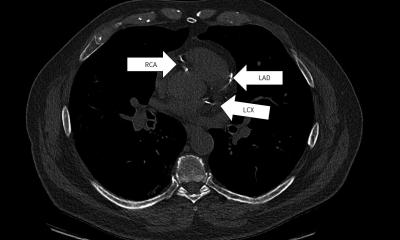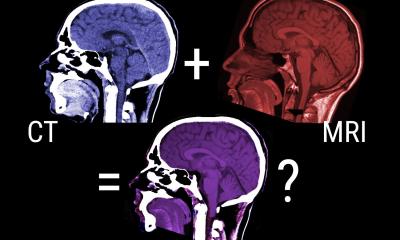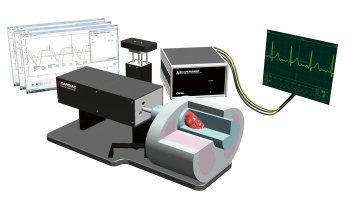New technique successfully dissolves blood clots in the brain and lowers risk of brain damage after stroke
CT-guided catheters carry clot-busting drug to shrink clots, Johns Hopkins-led study shows
Johns Hopkins neurologists report success with a new means of getting rid of potentially lethal blood clots in the brain safely without cutting through easily damaged brain tissue or removing large pieces of skull. The minimally invasive treatment, they report, increased the number of patients with intracerebral hemorrhage (ICH) who could function independently by 10 to 15 percent six months following the procedure.

At the International Stroke Conference took place in New Orleans, the researchers presented their findings from 93 patients, ages 18 to 80, who randomly got either the new treatment or standard-of-care “supportive” therapy that essentially gives clots a chance to dissolve on their own.
The new study was coordinated by Johns Hopkins and the surgical review centers at the University of Cincinnati and the University of Chicago. All 93 patients were diagnosed with ICH, a particularly lethal or debilitating form of stroke long considered surgically untreatable under most circumstances.
“The last untreatable form of stroke may well have a treatment,” says study leader Daniel F. Hanley, M.D., a professor of neurology at the Johns Hopkins University School of Medicine. “If a larger study proves our findings correct, we may substantially reduce the burden of strokes for patients and their families by increasing the number of people who can be independent again after suffering a stroke.”
ICH is a bleed in the brain that causes a clot to form, often caused by uncontrolled high blood pressure. The clot builds up pressure and leaches inflammatory chemicals that can cause irreversible brain damage, often leading to death or extreme disability. The standard of care for ICH patients is general supportive care, usually in an ICU; only 10 percent undergo the more invasive and risky craniotomy surgery, which involves removing a portion of the skull and making incisions through healthy brain tissue to reach and remove the clot. Roughly 50 percent of people who suffer an intracerebral hemorrhage die from it.
Although in the United States just 15 percent of stroke patients have ICH, that rate translates to roughly 30,000 to 50,000 individuals — more often than not, Asians, Hispanics, African-Americans, the elderly and those who lack access to medical care. The more common form of stroke is ischemic stroke, which occurs when an artery supplying blood to the brain is blocked.
Surgeons performed the minimally invasive procedure by drilling a dime-sized hole in each patient’s skull close to the clot location. Using a CT scan system that Hanley likens to “GPS for the brain,” they guided the catheter through the hole and directly into the clot. The catheter was then used to drip small doses of the clot-busting drug t-PA into the clot for a couple of days, shrinking the clots roughly 20 percent per day. Those patients who underwent supportive therapy saw their clots shrink by about 5 percent per day.
A major advantage is that the minimally invasive surgery busted the clot without the potentially injurious side effects associated with craniotomy, Hanley says.
The minimally invasive approach was also found to be as safe as general supportive therapy, which can involve intense blood pressure control, artificial ventilation, drugs to control swelling and watchful waiting for the clot to dissipate on its own.
For the new study, patients were treated at more than two dozen sites throughout the United States, Canada and Europe, by staff neurologists and surgeons. Hanley says it’s a bonus that patients don’t need specialized equipment to have the procedure done.
“More extensive surgery probably helps get rid of the clot, but injures the brain,” he says. “This ‘minimalist approach’ probably does just as much to clear the clot while apparently protecting the brain.”
The research is supported by the National Institute of Neurological Disease and Stroke.
02.02.2012











